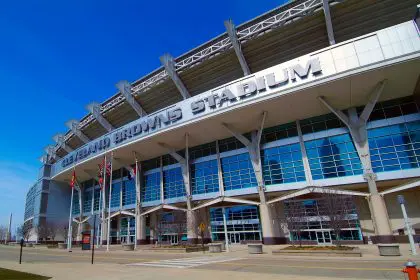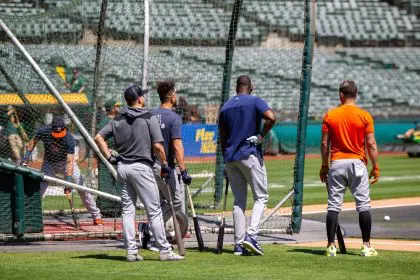 In March of 2010, NFL star Antonio Cromartie needed a loan. Although he was a four-year veteran and had earned millions as a top-tier defensive player, he didn’t have $500,000 to pay for the several paternity suits filed against him.
In March of 2010, NFL star Antonio Cromartie needed a loan. Although he was a four-year veteran and had earned millions as a top-tier defensive player, he didn’t have $500,000 to pay for the several paternity suits filed against him.
Cromartie, who has seven children by six women, received a $500,000 loan from the New York Jets because players don’t get paid until the first game of the season.
Similar to Cromartie, dozens of NFL players can’t afford to live without a paycheck.
According to NFL financial adviser Steve Piascik, about 20 percent of the players in the NFL have nothing saved in case of an emergency. The average player earns about $800,000 per year. But if he spends $900,000 annually on living expenses and has very little saved, he can find himself facing financial hardship during the lockout.
Although it’s up to each player to take responsibility for his finances, a large number of NFL players lack the education and experience to properly manage millions of dollars.
Most NFL players attended colleges that placed athletics above academics, so they weren’t required to take rigorous courses that could have introduced them to the importance financial literacy. Others come from families who, traditionally, haven’t dealt with wealth. As a result, the players didn’t grow up with a personal mentor who could teach them about savings, investing and hiring a trustworthy advisor. The NFL should force each player to take a financial course during the off-season.
If the lockout is still in place by September, the NFL Player’s Association will pay each player $60,000 over the course of the season. That’s a decent salary for the average worker in America.
However, that’s a miniscule amount for the NFL players who are accustomed to spending $900,000 per year and have no savings to fall back on.
–amir shaw
Photo: JaMarcus Russell. Former first-round draft pick whose home faced foreclosure three years after he signed a $61 million contract.










